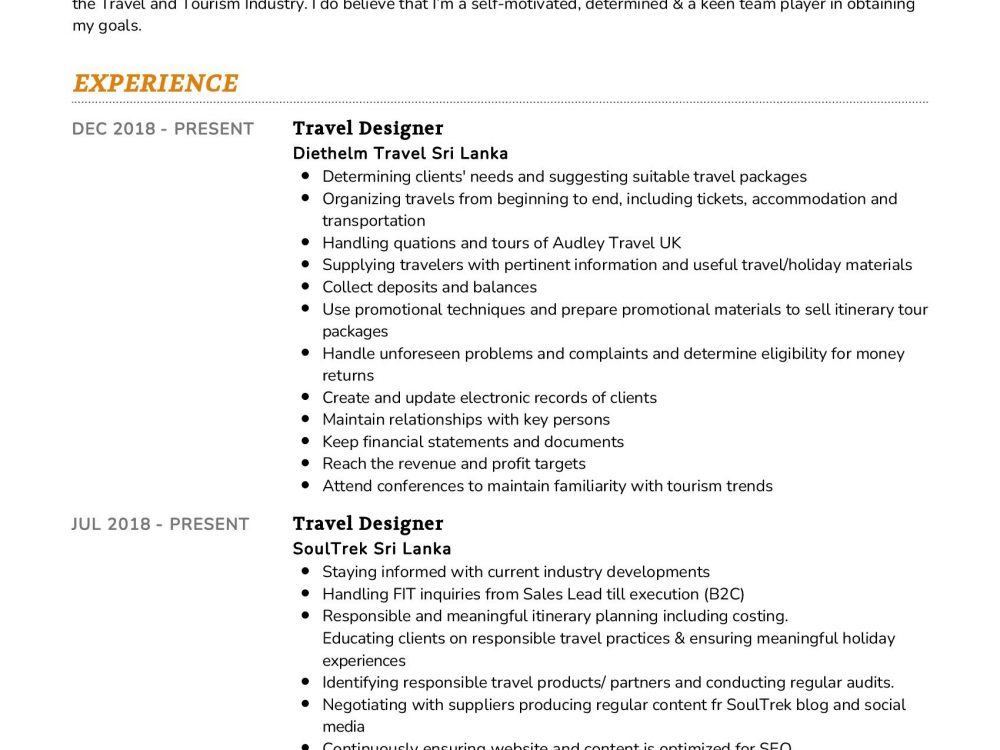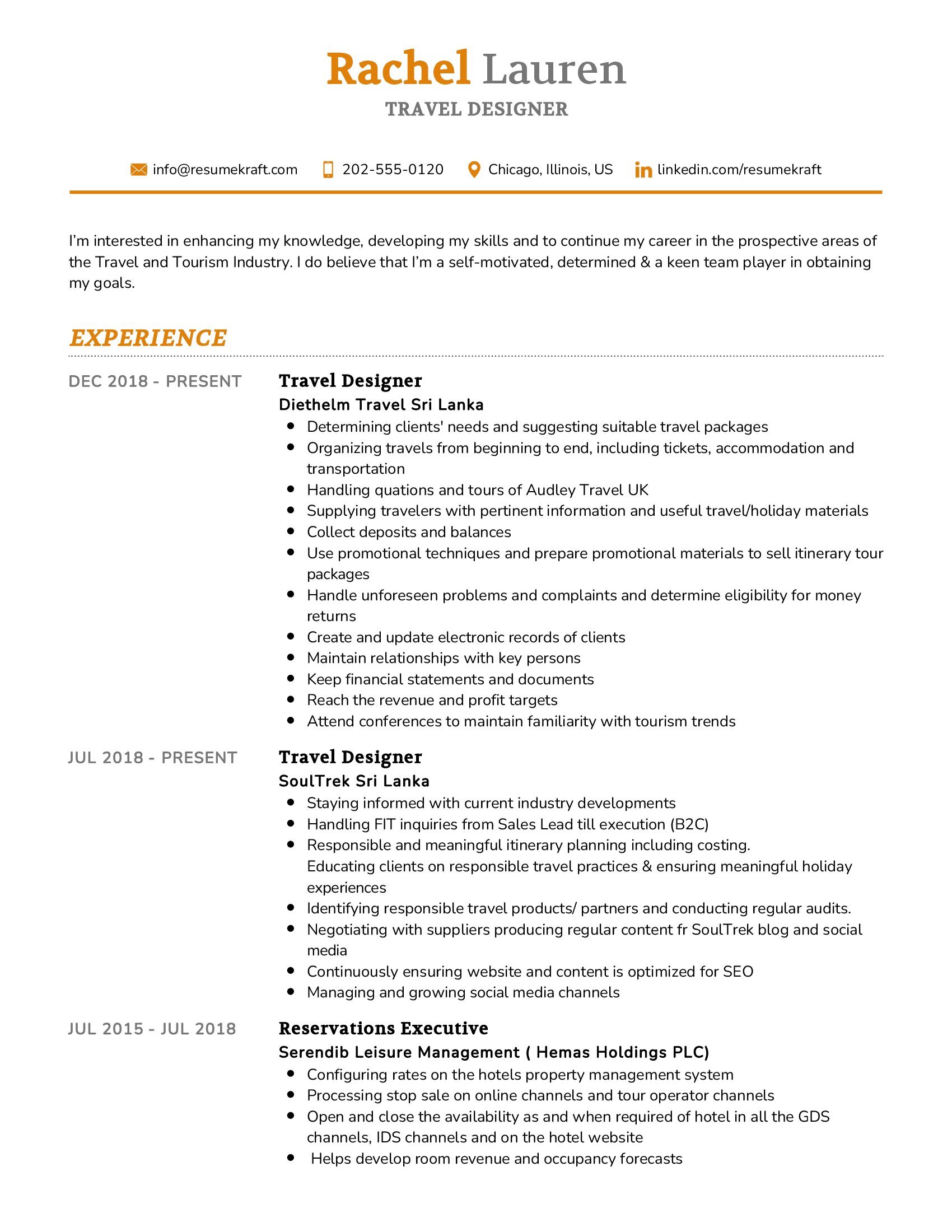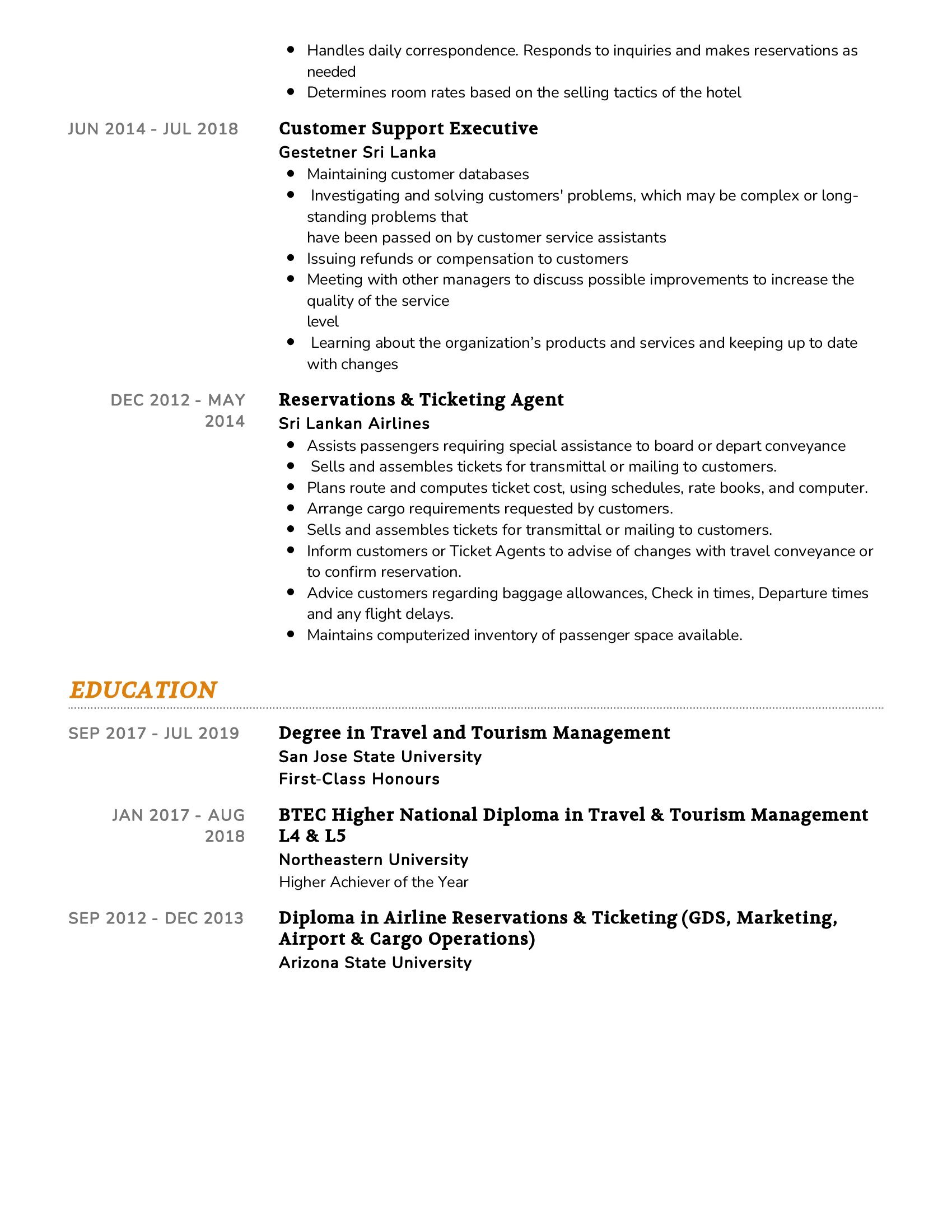What is the Role of a Travel Designer?
As the world becomes more connected and travel continues to be a fundamental part of our lives, the role of a Travel Designer has become increasingly essential. This job is a unique blend of creativity, organization, and customer service, aimed at crafting unforgettable travel experiences for individuals and groups. Let’s explore the multifaceted role of a Travel Designer, a position that requires a deep understanding of travel destinations, cultures, and logistics, coupled with the ability to create dream vacations for clients.
A Travel Designer is responsible for curating and planning travel itineraries that cater to the specific desires and needs of their clients. They are not just travel agents but travel architects who design journeys filled with adventure, relaxation, cultural exploration, or whatever the client’s heart desires. Travel Designers must have a keen eye for detail, excellent communication skills, and a vast knowledge of various destinations and travel trends. Their role is pivotal in turning travel dreams into reality while ensuring a seamless and memorable experience.
What are the Travel Designer Job Requirements?
Becoming a Travel Designer requires meeting a set of essential requirements, a journey that involves both education and experience. Here are the prerequisites that one needs to fulfill to excel in the role of a Travel Designer:
- A Bachelor’s degree in Travel and Tourism, Hospitality Management, or a related field, showcasing a strong foundation in the travel industry.
- A deep knowledge of popular travel destinations, including cultural nuances, attractions, and travel logistics.
- Experience in the travel industry, whether through internships, travel agency work, or personal travel experiences.
- Exceptional customer service and interpersonal skills to understand and cater to clients’ preferences.
- Proficiency in travel booking software and tools to efficiently plan and book trips.
- An adventurous spirit and a passion for exploring new destinations to stay updated with the latest travel trends.
Securing additional certifications in specialized areas, such as cruise planning or adventure travel, can enhance your profile and offer a competitive edge in the travel industry.
What are the Responsibilities of a Travel Designer?
The role of a Travel Designer is a mosaic of diverse responsibilities, each contributing to the creation of unforgettable travel experiences. Let’s delve into the core responsibilities that define this role, each one adding a piece to the overall travel design:
- Consulting with clients to understand their travel preferences, budget, and special requirements.
- Researching and staying up-to-date with travel destinations, including attractions, accommodations, and local experiences.
- Creating customized travel itineraries that cater to clients’ interests and align with their budget.
- Handling all travel logistics, including booking flights, accommodations, transportation, and activities.
- Providing clients with detailed travel plans, including itineraries, tickets, and travel documents.
- Offering expert advice on travel insurance, visa requirements, and health precautions for international travel.
- Resolving any travel-related issues or emergencies that may arise during the trip.
Each responsibility requires a combination of organizational skills, creativity, and a deep understanding of travel logistics, all aimed at creating seamless and unforgettable journeys for clients.
Travel Designer Resume Writing Tips
Your resume is your passport to a successful career as a Travel Designer. It should not only showcase your qualifications but also reflect your passion for travel and your ability to craft amazing experiences. Here are some tips to help you create an impactful travel designer resume:
- Highlight your travel experiences, whether personal or professional, to demonstrate your knowledge of different destinations.
- Showcase any specialized expertise, such as destination weddings, luxury travel, or adventure trips.
- Include specific examples of memorable trips you’ve planned, emphasizing client satisfaction and unique experiences.
- Detail your proficiency in travel booking software and tools, as well as any certifications related to the travel industry.
- Personalize your resume for each job application, highlighting the skills and experiences most relevant to the specific role.
Your resume should not just list qualifications but tell a story of your love for travel and your ability to create extraordinary journeys.
Travel Designer Resume Summary Examples
Your resume summary is the introduction to your travel story. It should capture your essence as a Travel Designer and leave a lasting impression. Here are some examples to inspire you:
- “Passionate Travel Designer with a deep love for exploration, crafting unforgettable journeys that blend culture, adventure, and relaxation.”
- “Experienced Travel Designer specializing in luxury travel, curating opulent vacations that redefine the concept of indulgence.”
- “Adventure-seeking Travel Designer with a knack for turning ordinary trips into extraordinary adventures, making every moment count.”
Your resume summary should convey your unique style and approach to travel design, setting the tone for what follows in your resume.
Create a Strong Experience Section for Your Travel Designer Resume
Your experience section is the heart of your resume, where you narrate the stories of the incredible journeys you’ve crafted. Here are some examples to guide you:
- “Designed and executed a destination wedding in Bali, creating a dream wedding experience for the couple and their guests.”
- “Crafted a two-week luxury cruise through the Mediterranean, delivering an unparalleled travel adventure for clients.”
- “Organized a family-friendly safari in Africa, providing an educational and exciting wildlife experience for children and adults alike.”
Each experience should not just detail your responsibilities but showcase the unique and memorable aspects of the trips you’ve planned.
Sample Education Section for Your Travel Designer Resume
Your educational journey is the foundation upon which your travel career stands. Here’s how you can list your educational milestones:
- Bachelor of Science in Travel and Tourism Management, XYZ University, a comprehensive education in the travel industry, 2015.
- Master of Business Administration (MBA) with a focus on Hospitality Management, ABC University, honing your business acumen for the travel industry, 2017.
- Certified Travel Associate (CTA), a recognition of your expertise in travel planning and client service, 2018.
Each educational qualification is a stepping stone, leading you to greater heights in your travel design career.
Travel Designer Skills for Your Resume
Your skill set is your toolkit, equipped with a diverse range of tools honed through your experiences and training. Here are the essential skills that a Travel Designer should possess:
Soft Skills:
- Creativity, the ability to design unique and unforgettable travel experiences.
- Excellent communication, the art of conveying travel plans and recommendations effectively to clients.
- Attention to detail, ensuring all aspects of a trip are meticulously planned and executed.
- Customer service, providing exceptional support and addressing client needs throughout their journey.
- Problem-solving, the skill to navigate unexpected challenges during travel.
Hard Skills:
- Proficiency in travel booking software, such as Amadeus or Sabre, to efficiently book flights, hotels, and activities.
- Destination knowledge, a deep understanding of various travel destinations, their attractions, and logistics.
- Foreign language proficiency, if applicable to the destinations you specialize in.
- Travel insurance expertise, guiding clients on the importance of travel insurance and helping them choose the right coverage.
- Marketing and promotion, to attract clients and promote travel packages effectively.
Each skill is a tool that enables you to design incredible travel experiences and provide outstanding service to your clients.
Common Mistakes to Avoid When Writing a Travel Designer Resume
As you craft your resume, be mindful of common pitfalls that can hinder your journey to a successful career as a Travel Designer. Here are some mistakes to avoid:
- Using generic language and clichés, which fail to convey your unique approach to travel design.
- Focusing solely on your own travel experiences without emphasizing your ability to plan and curate trips for others.
- Neglecting to include specific examples of successful trips you’ve planned and client testimonials, missing the opportunity to showcase your expertise.
- Omitting your certifications and training, which can give you credibility in the competitive travel industry.
- Forgetting to proofread your resume for errors, which can detract from your professional image.
Avoiding these mistakes will help you create a resume that stands out in the travel industry job market.
Key Takeaways for Your Travel Designer Resume
As we conclude this comprehensive guide, let’s summarize the key points to keep in mind when crafting your Travel Designer resume:
- Highlight your ability to create unique travel experiences tailored to clients’ preferences.
- Showcase your destination knowledge and expertise in travel logistics.
- Include specific examples of successful trips you’ve planned and client satisfaction.
- Emphasize your soft skills, such as creativity, communication, and problem-solving.
Remember, your resume is not just a document; it’s a canvas where you paint your travel story, a story of adventure, exploration, and exceptional service. Now, it’s time to take the next step in your travel design career. Explore how our AI Resume Builder can help you create a standout resume that reflects your passion for travel and your expertise as a Travel Designer.



